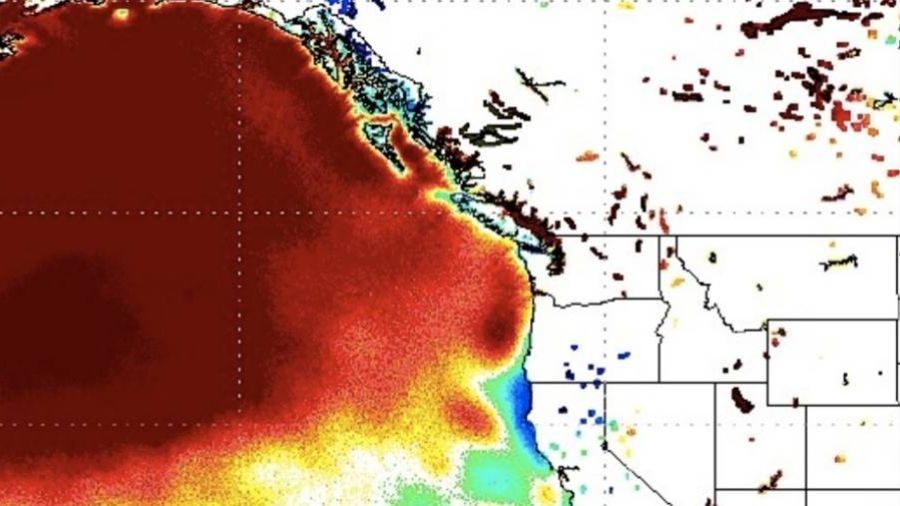The article discusses the return of a marine heat wave known as the “Blob,” which currently affects the Northeast Pacific. In August, average sea temperatures reached 20°C (68°F), surpassing the previous record of 19°C during a similar event in 2019. Retired climatologist Nick Bond highlights that warmer water leads to warmer air temperatures, impacting winter snow in the Cascade region.
As La Niña approaches, cooler and wetter winter conditions are expected, but the Blob may contribute to increased rainfall and flooding, especially during atmospheric river events.
The Blob also affects marine ecosystems—cold-water species like salmon struggle with the warm temperatures, while warm-water species such as tuna thrive. Lower upwelling from the ocean reduces nutrient distribution, leading to oxygen depletion and disruptions in the food chain.
There is a risk of harmful algal blooms due to the warm waters, prompting monitoring by NOAA and health departments. Authorities will watch the Blob’s developments and their impacts on weather and marine life in the coming months.
Source link


